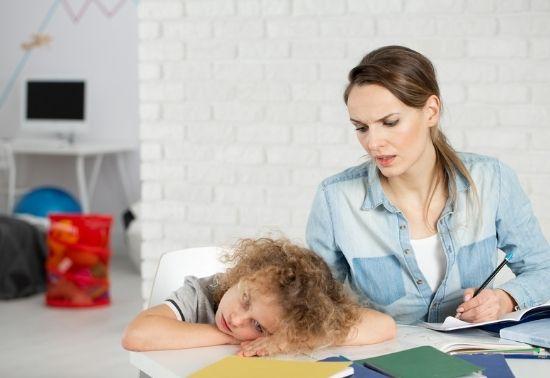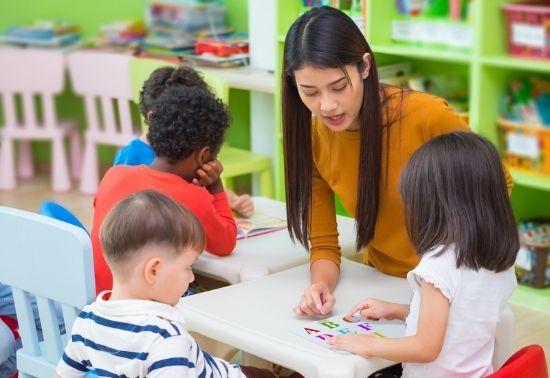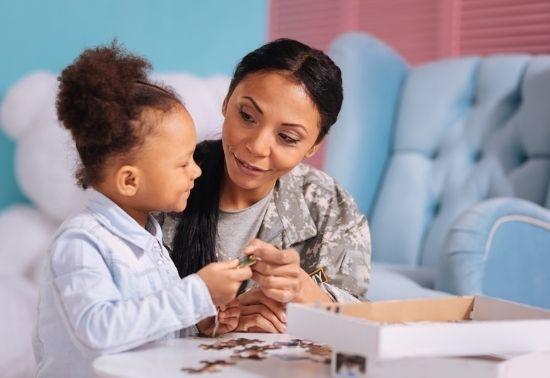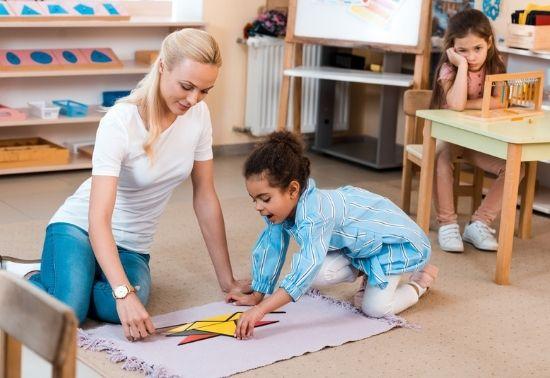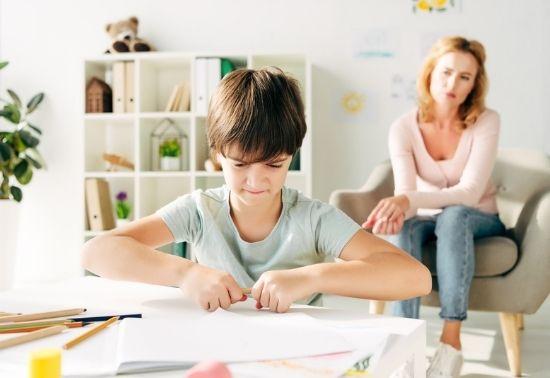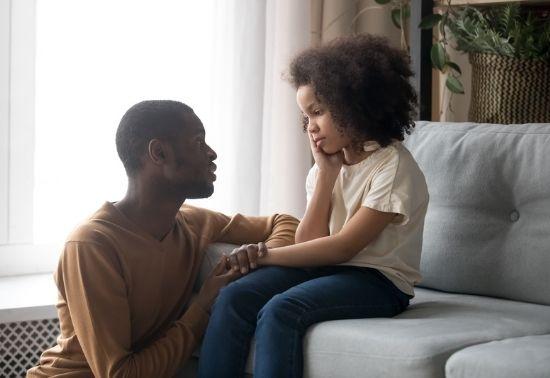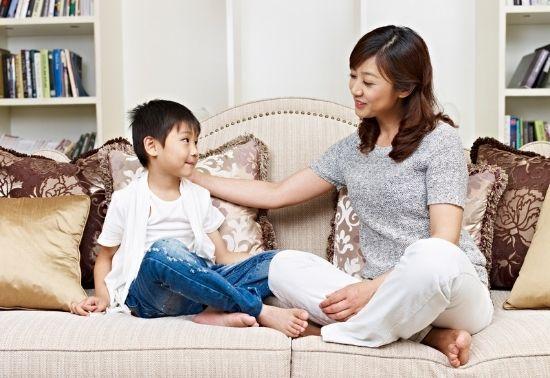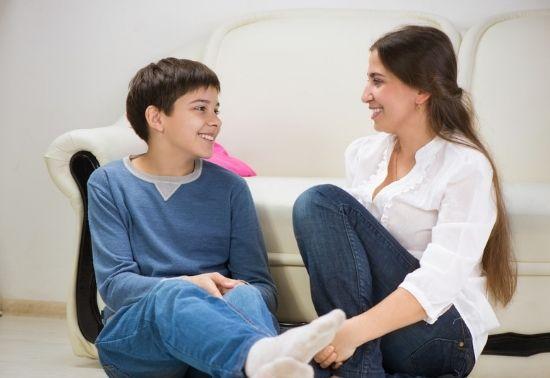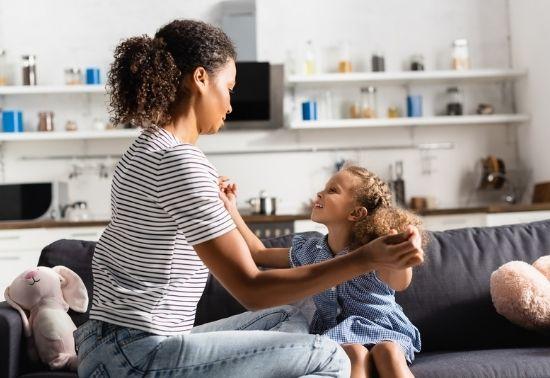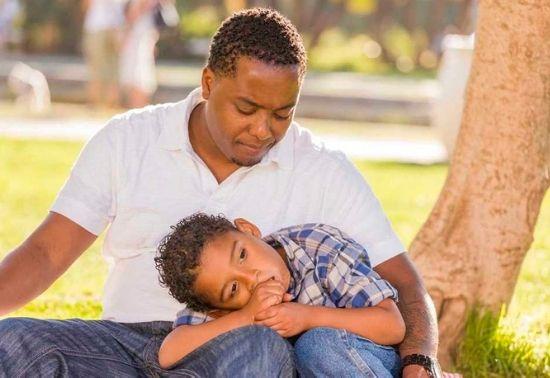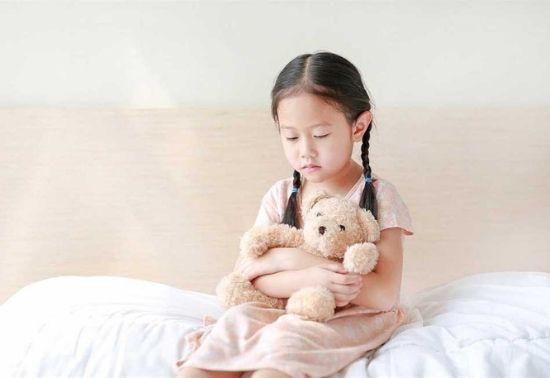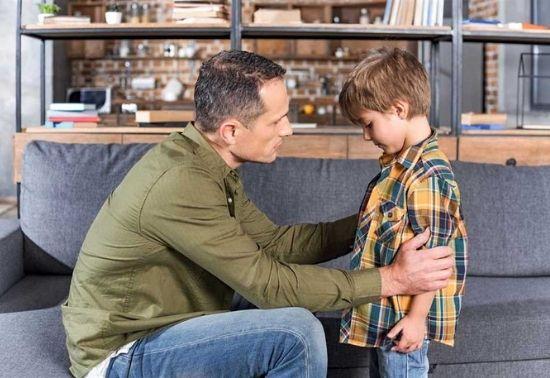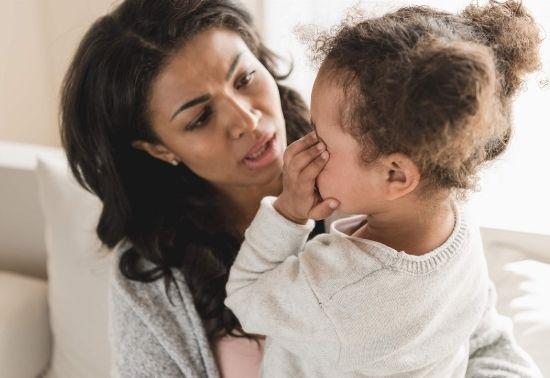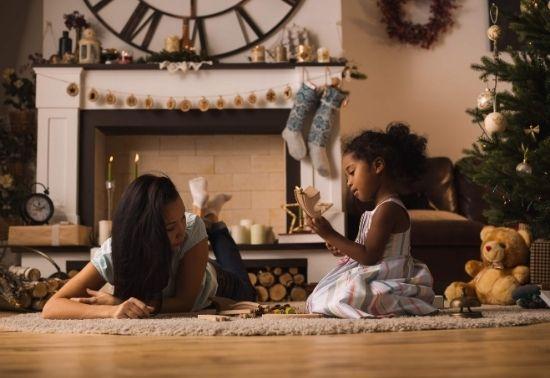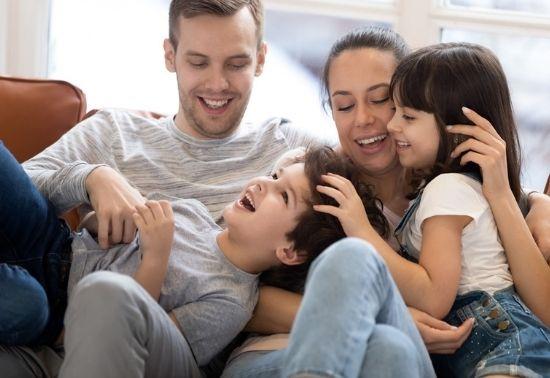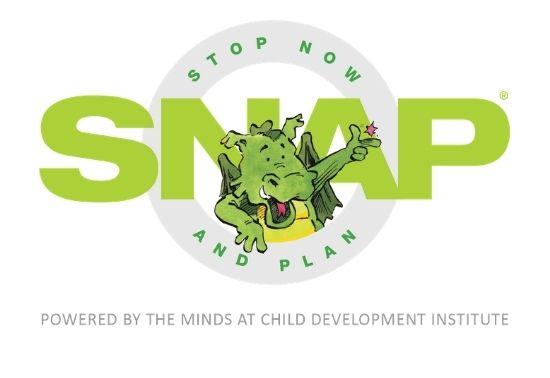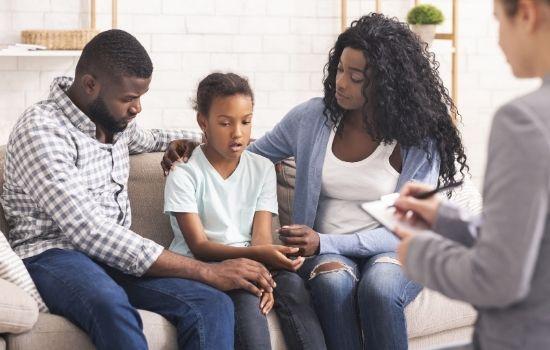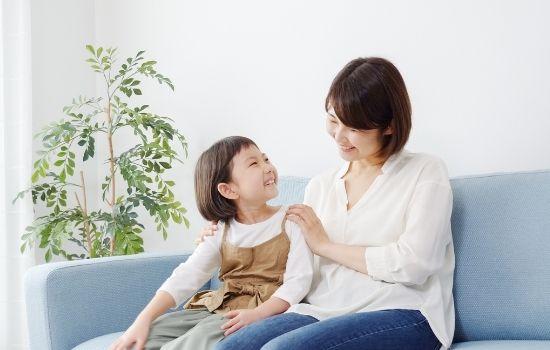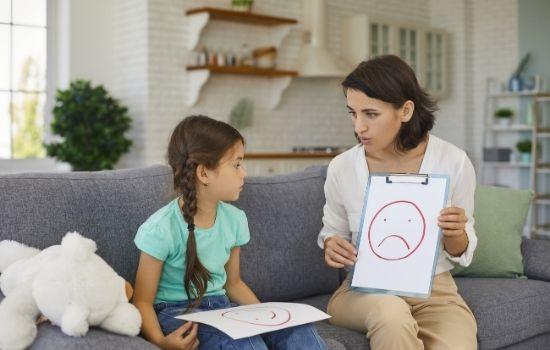National Indigenous Peoples Day: Talking to our Children
Dr. Jo Ann Unger receives teaching from Grandmother Pahan Pte San Win, May 17th, 2021
June is National Indigenous History Month, and June 21st is National Indigenous Peoples Day in Canada. This day was first declared in 1996 by then Governor General of Canada, Roméo LeBlanc, as National Aboriginal Day, later changed to National Indigenous Peoples Day in 2017 by Prime Minister Justin Trudeau. The purpose of the day is for all Canadians to recognize and celebrate the unique heritage, diverse cultures and outstanding contributions of First Nations, Inuit and Métis peoples. The purpose of National Indigenous History Month is for all Canadians to learn about, appreciate and acknowledge the contributions First Nations, Inuit and Métis people have made in shaping Canada. However, to truly understand and appreciate these contributions, Canadians need to also learn about and acknowledge the harms that were committed against Indigenous peoples in this country. And as we have recently seen by the terrible discoveries in Kamloops, British Columbia, more and more is coming to light about the harms that were committed.
Call to Action number 62 from the Truth and Reconciliation Commission of Canada calls on all levels of government, in consultation and collaboration with Survivors, Aboriginal peoples, and educators, to make age-appropriate curriculum on residential schools, Treaties, and Aboriginal peoples’ historical and contemporary contributions to Canada a mandatory education requirement for Kindergarten to Grade 12 students. There can be no truth and reconciliation without really hearing, learning about and uncovering the truth. Part of our road to reconciliation is to hear the stories and learn the full history of how our country was created. This history is dark and involves violence, abuse, oppression and colonization towards adults and children who were native to this land. Parents and caregivers of young children may have questions about how to honestly share this information with their children in an age-appropriate way.
To support this important work, we passed tobacco to Grandmother Pahan Pte San Win to share her wisdom and advice on this topic. Grandmother Pahan currently works with children in various school divisions in Winnipeg and is the Grandmother for a number of organizations such as Full Circle for Indigenous Education and Louis Riel School Division. She is also a registered social worker and has provided counselling support to residential school survivors and traumatized women and spiritual care to incarcerated youth and men. With over 27 years of experience as a therapist to residential school survivors and having survivors within her family, Grandmother Pahan has an intimate connection to the history of residential schools in this country. Grandmother Pahan is Lakota, Cree and Métis with roots that reach back to Wood Mountain, Saskatchewan and Yellowknife Northwest Territories.

In response to our question of how to talk to young children about Canada’s history, Grandmother Pahan told this story:
“Every year, September 30th is Orange Shirt Day, and this year my granddaughter Natalie is in Grade 1. For the last couple of years, when I bought myself an orange shirt for Orange Shirt Day, I thought, ‘I should get one for Natalie.’ Natalie has a little brother, who is just tiny. You can’t get a shirt for one of your grandchildren unless you get one for the other. And then I had to get one for their mother, and it turned into getting one for everybody. It was really fun and exciting. Each year, I made sure I got the shirts to them before September 30th even though, last year, she was only in Kindergarten and probably didn’t know much about it.
In 2019, my husband says to me, like he does, ‘They asked us to come over there. I think they are going to feed us breakfast.’
And I say, ‘Well, where is over there?’
And he says, ‘Oh, you know, over there at NCTR.’
‘Oh, okay,” I think, ‘They are going to feed us breakfast at the National Centre for Truth and Reconciliation. My husband sits on the NCTR Survivor Council, so that kind of made sense, but I did not know what it was about. We drive over there and I notice there are people in the parking lot. I go into the centre and look around. I see that it is not like my husband said. It is a press conference. Yes, there was going to be some food after, probably, but people were gathered, dressed nicely, for a press conference.
I think, ‘Okay, something is happening, but I’m not sure what it is.’ I go and look around and visit with some people. Then I go and sit in the front row because I’m a tiny person and I can’t see unless I sit there. I love sitting in the front row. I’m sitting in the front row and this nice lady comes and sits down beside me. She is wearing an orange shirt. I hadn’t seen that kind of shirt before. There are different versions of the orange shirt. I say to her, ‘I really like your orange shirt.’ She tells me where she got it and I find out she’s from B.C. Then the conversation ends and I was quiet for a few minutes. Then I turn to her and say, ‘Are you speaking here today?’
And she said, ‘Yes.’
I start to figure it out and say, ‘That woman who went to residential school with an orange shirt and had it taken from her, are you one of her relatives?’
She says, ‘No, it was me.” Her name is Phyllis Jack Webstad and they were launching Orange Shirt day from the National Centre for Truth and Reconciliation. And I thought about that and thought about Phyllis’ grandmother and Phyllis. The woman sitting beside me is my age and, in my mind, I thought Phyllis was older and had maybe passed away already. I thought the woman sitting beside me would have been her daughter or granddaughter. But no, it was Phyllis. Then I thought about her grandmother. She also went to residential school and when she bought that orange shirt for Phyllis, she must have known what would happen when she got there. Then Phyllis got up, talked and said some wonderful things. I learned a lot that day.
This was just before September 30th, so I had new shirts for my little Natalie, her brother and the family. I made my delivery before September 30th. On the morning of the 30th, I got up and put on my orange shirt. I started thinking about Natalie because I was going to a school to do a presentation about Orange Shirt Day. I was part of what they were learning about that day. As I looked in the mirror, at this wonderful orange shirt, I thought, ‘Oh, now it’s my turn. I’m the grandmother and I’m the one who bought the shirt for my granddaughter.” In that moment, it just hit me really hard and I thought how completely I adore Natalie. She is like the sunshine in the family. I had a moment where I thought, ‘This must be what it would feel like to be giving that orange shirt when you know that they are going to residential school.’ That was a powerful moment for me to connect to Orange Shirt Day; and to connect to Phyllis, her grandmother, and to all parents and grandparents who treasure their children.
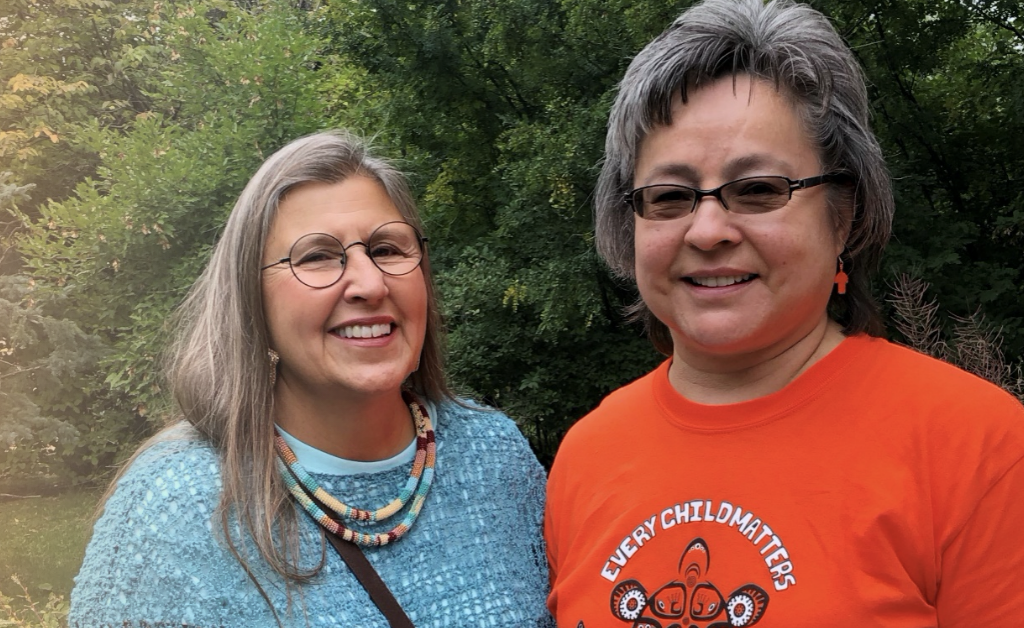
We all want to protect our children from anything that could ever hurt or disrupt anything with them. We all want that. And yet we know that for many parents and grandparents, that is not what happened. Orange Shirt Day is a fun way to get to buy an orange shirt for my granddaughter. But it is also the introduction to her about something that happened before that was not good. And for Grade1, Natalie just knows that we wear these orange shirts because a little girl like her, when she went to school for the first time, had her orange shirt taken from her and didn’t like that. Natalie can relate to that. Next year, when she is in Grade 2, she will learn a little bit more about that story. Each year, as they get older, we will tell a little bit more of the story.
In our communities, residential school is like the Holocaust. It decimated families. It robbed us of our parenting skills and it destroyed the fabric; the way that our families and communities were knitted together through kinship. It tore all of those things away. And that’s what we’re rebuilding.
I appreciate what you are doing in wanting to educate and wanting to support parents to educate their children because we want you to know what our experience has been. If you don’t know what our experience has been, you won’t be able to find the depth of compassion that we require when you see all of the different ways that our families and communities have responded to that.
But everyone can relate to the loss of a child, how devastating that is and also how precious children are. When the Truth and Reconciliation Commission made their 94 recommendations, some of the recommendations were about education in the school because we know that’s where it starts. Children naturally have compassion. They have a sense of justice and what’s not just. We don’t even have to teach them that. They feel it. It’s inside their heart. Our job is helping them to know, gently, a little bit at a time, that things happened that weren’t just, that people were wronged and harmed, and still hurt today because of it. All of that starts with children.
Not that we are giving up on adults. Adults have to do their work too. But in a generation, we won’t have adults who need to do work because they will have been educated about things that happened that were wrong and that it isn’t over. Residential schools are closed but people continue to be affected by it. And systemic racism is still something our people face. We hope that adults will do their work; to see how they contribute to holding the status quo so that the wrongs cannot be righted. And then to ask how they can raise their children so that they will already know that things happened that were wrong. Maybe they can come to say, ‘Let’s make sure we get it right now and do things differently.’ And then asking, ‘What else do I need to do to dismantle the systemic racism that is still in place and holding people back from what would be equitable and fair so that communities can thrive?’ That’s what we want. We want to be able to thrive just like you want your children to thrive like you want all the children in schools to thrive. We want our children to thrive as well. That’s what we’re working on.”
As parents, our instinct may be to protect our children from experiencing the difficult emotions that come from learning about residential schools and systemic racism. And because of this, we may be hesitant to teach our children about these issues. We asked Grandmother Pahan her thoughts about this as well.
“I think it would be wise to protect them from them learning from somebody else that wouldn’t teach them in the way that you would want them to learn. Get there first and make sure that it is age-appropriate. We do that with everything; how much we tell them about sex, how much we tell them about illness and death. We still need to talk about it, but we tell them different information based on how old they are. And if you are not sure about that, it is good to reach out to someone who feels more clear about it. Be careful you are not protecting yourself by not talking about it because it is not comfortable or having your own reasons about why it is hard for you to talk about it.
Protect them by telling them in a way that you think is the best for your child rather than how they are going to hear about it from other kids or someone who isn’t so careful.”
To support you in having these conversations with your child, as we learn more about the atrocities that took place in residential schools and as we approach June 21st, National Indigenous Peoples Day, we have provided you with some additional resources, which include materials for various age groups.
Additional Resources for Families
Full Circle for Indigenous Education: https://fullcircleindigenous.ca/
“It is our intention to support learning in regard to Jahistory, culture, language, Indigenous pedagogy and Indigenous Ways of Knowing and Being. Through that learning, the growth of the whole person is supported, and the full story of our shared history is acknowledged. Within that growth, we move closer to reclaiming lost aspects of self, family, community and healthy relationships with ourselves and all that surrounds.”
Among many resources, this organization provides a list of recommended books for early readers. https://fullcircleindigenous.ca/early-years-books/
National Centre for Truth and Reconciliation: https://nctr.ca/
A part of our mandate at the National Centre for Truth and Reconciliation (NCTR) is to raise awareness of the history and creation of the residential school system, its ongoing legacy, and how it has shaped the country we live in today. The teaching resources and educational programming we offer make it easier for the public to learn the truth about this tragic history.”
A wide variety of resources, including books, activities and videos, for various age groups are listed on the NCTR Education page.
Government of Canada Resources:
https://www.rcaanc-cirnac.gc.ca/eng/1100100013248/1534872397533
More information on National Indigenous Peoples Day
https://www.rcaanc-cirnac.gc.ca/eng/1559222623218/1559222644174
More information on National Indigenous History Month
https://www.rcaanc-cirnac.gc.ca/eng/1496255894592/1557840487211
#IndigenousReads recommended reading list for various age groups.
https://www.rcaanc-cirnac.gc.ca/eng/1528210353182/1580759773150
Celebrating Indigenous Peoples in Canada: Learning and activity guide
Truth and Reconciliation Commission of Canada: Calls to Action
http://trc.ca/assets/pdf/Calls_to_Action_English2.pdf
Interview by Dr. Jo Ann Unger

MORE COMMON THAN YOU THINK
- 1 in 7 children suffers from mental illness in Manitoba (Chartier et al., 2016).
- 70% of mental health problems have their onset in childhood or adolescence (Government of Canada, 2006).
There Is Hope The good news is that mental illness can be treated effectively. There are things that can be done to prevent mental illness and its impact and help improve the lives of children experiencing mental health concerns. Early intervention is best.
How KIDTHINK Can Help
To make a referral contact us
To subscribe to our newsletter click here


